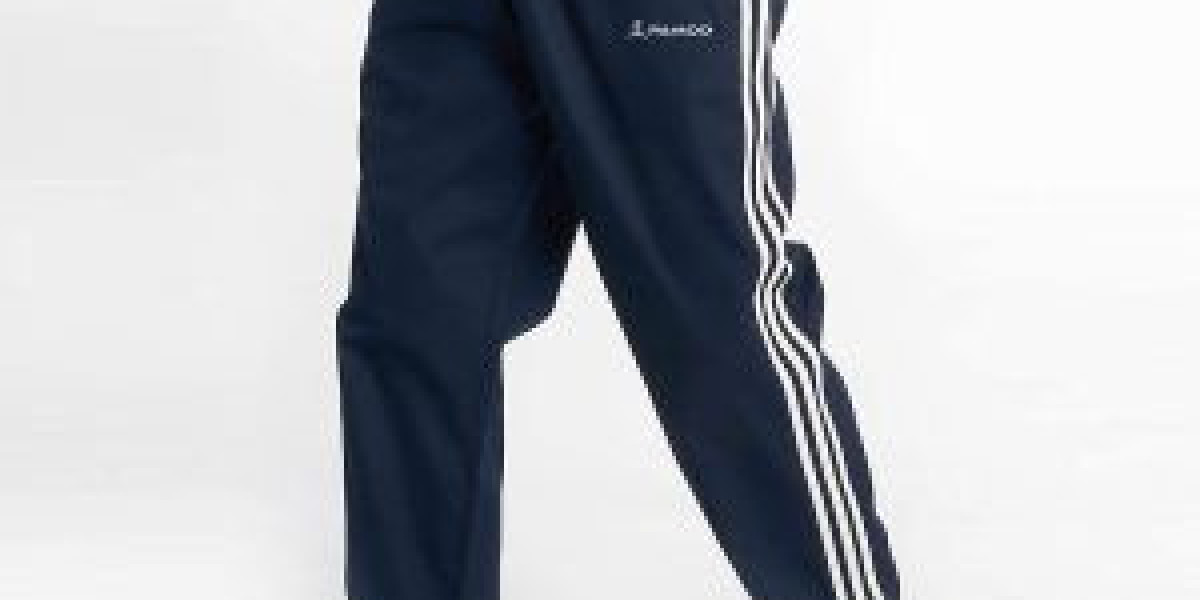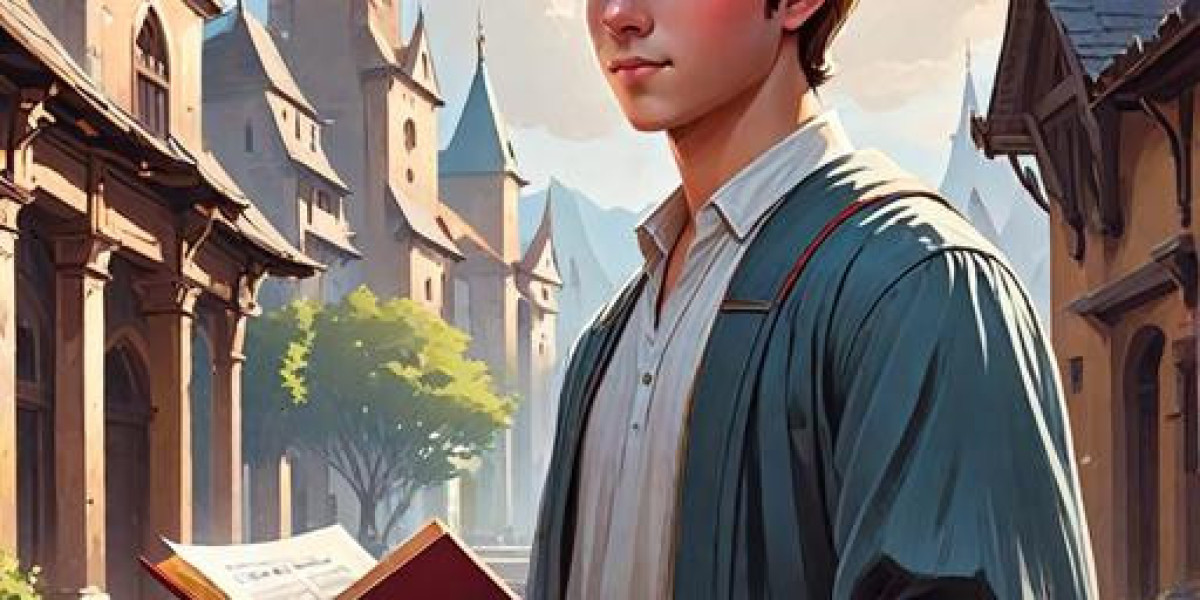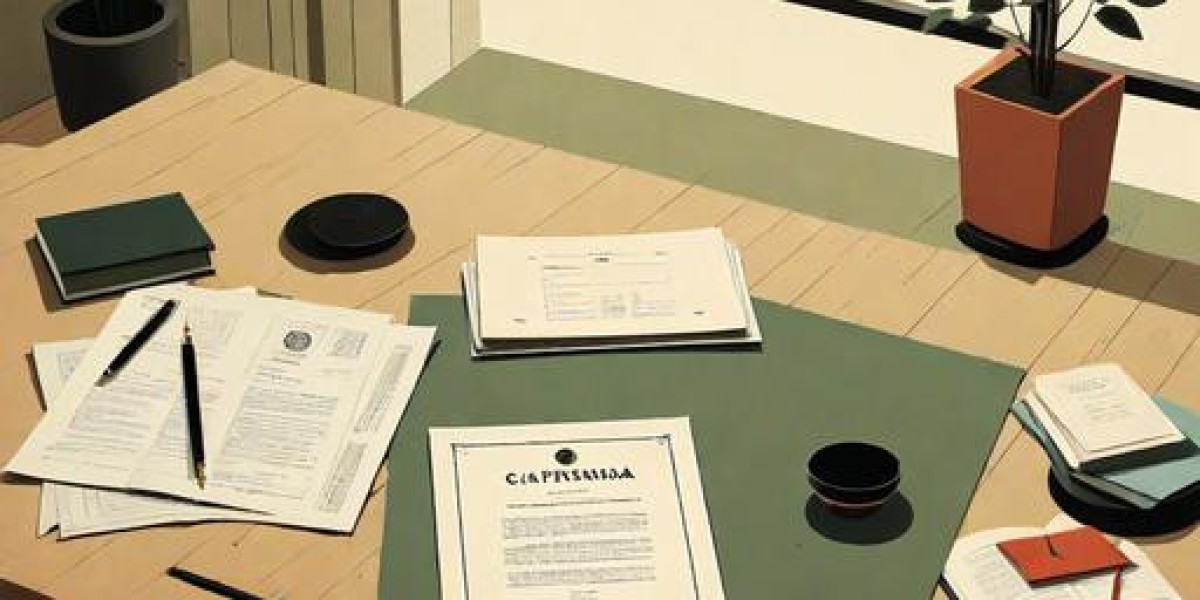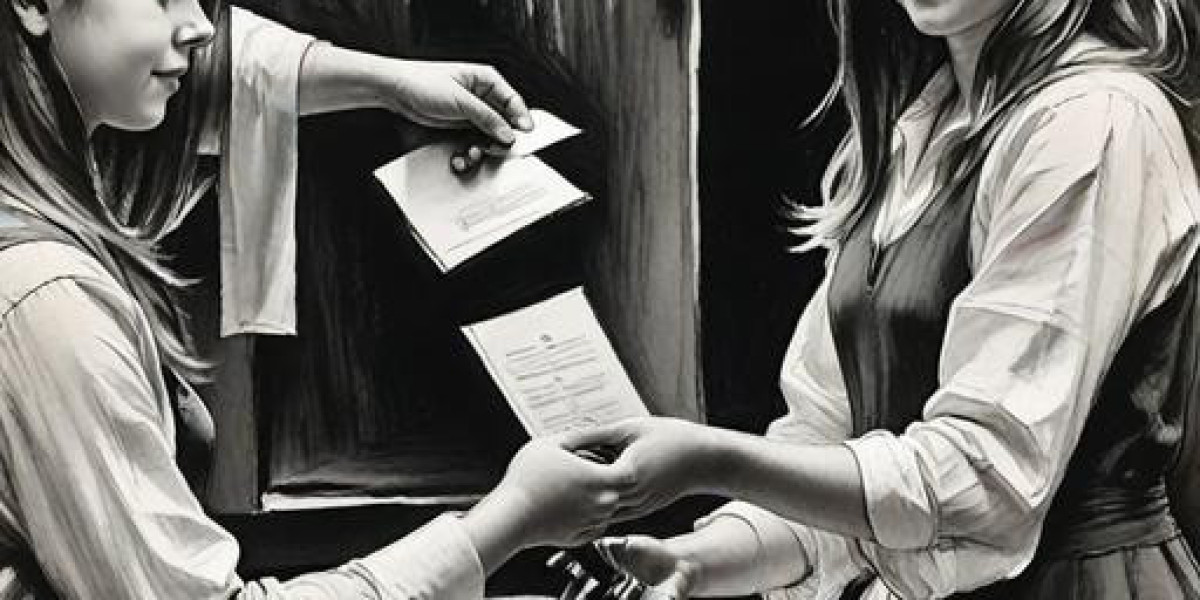Pants, a staple in modern wardrobes, have a long and varied history that reflects societal changes, technological advancements, and shifts in fashion. From their origins as a practical garment for riders and warriors to their status as an everyday essential, Pants have undergone significant transformations in style, material, and cultural significance.
A Brief History of Pants
The history of pants dates back thousands of years. The earliest known examples of pants were found in Central Asia, specifically in the graves of ancient nomadic horse riders who needed the garment for practicality and mobility. These early pants were often made of wool and designed to protect the legs from chafing while riding.
In ancient Rome and Greece, pants were largely associated with "barbarians" from the colder northern regions, as these cultures typically favored tunics. However, as the Roman Empire expanded, pants became more common among soldiers, who found them more practical for battle in cold climates.
By the Middle Ages, pants were worn by both men and women across Europe, although they varied greatly in style and length. For example, breeches, a type of short pants, were popular among men in the 16th and 17th centuries. Meanwhile, in many Asian cultures, wide-legged pants became a traditional garment for both genders.
The Rise of Modern Pants
The modern concept of pants as we know them today began to take shape in the 19th century. During this period, trousers became increasingly popular among men, particularly in the Western world. This shift was partly due to the industrial revolution, which brought about changes in work environments and necessitated more practical and durable clothing.
In the 20th century, pants experienced a significant cultural shift as they became a symbol of gender equality. Women, who had traditionally been confined to skirts and dresses, began wearing pants more frequently, especially during the World Wars when they entered the workforce in large numbers. The 1960s and 70s saw pants becoming a standard part of women's fashion, symbolizing liberation and modernity.
Varieties of Pants
Today, pants come in an incredible variety of styles, cuts, and materials, catering to every occasion and personal preference. Some of the most common types include:
- Jeans: Originally designed as durable workwear, jeans have become a global fashion staple. Made from denim, they come in various cuts like skinny, straight, and bootcut.
- Dress Pants: Typically worn in formal or professional settings, dress pants are made from finer materials like wool or polyester and are often paired with suits.
- Chinos and Khakis: These are versatile, semi-casual pants made from cotton twill fabric. They are lighter than jeans and can be dressed up or down depending on the occasion.
- Leggings and Joggers: Initially designed for athletic activities, these pants have become popular for their comfort and versatility in casual wear.
- Cargo Pants: Known for their multiple pockets, cargo pants were originally military wear but have since become a popular casual option.
- Palazzo and Wide-Leg Pants: These pants feature wide, flowing legs and are often made from lightweight fabrics, offering both comfort and elegance.
The Cultural Significance of Pants
Pants have also played a significant role in cultural and political movements. For instance, in the early 20th century, women who wore pants were often seen as challenging traditional gender norms. Icons like Marlene Dietrich and Katharine Hepburn helped popularize the image of women in pants, pushing back against societal expectations.
In many cultures, pants have been a symbol of modernity and progress. For example, in China, the transition from traditional clothing to Western-style pants during the 20th century was seen as a move toward modernization.
Pants in the Future
As we look to the future, pants continue to evolve. The fashion industry is increasingly focused on sustainability, leading to innovations in fabric production, such as organic cotton, recycled materials, and eco-friendly dyes. Additionally, the rise of athleisure has blurred the lines between activewear and everyday clothing, making comfort a key factor in the design of modern pants.
The concept of gender-neutral fashion is also gaining traction, with more designers creating pants that defy traditional gender norms. This trend reflects a broader cultural shift toward inclusivity and diversity in fashion.
Conclusion
Pants are more than just a piece of clothing; they are a reflection of cultural shifts, technological advancements, and social movements. From their practical origins to their current status as a fashion essential, pants have adapted to meet the needs of society while also influencing trends and norms. As fashion continues to evolve, so too will the design and significance of pants, ensuring they remain a crucial element of wardrobes worldwide.





